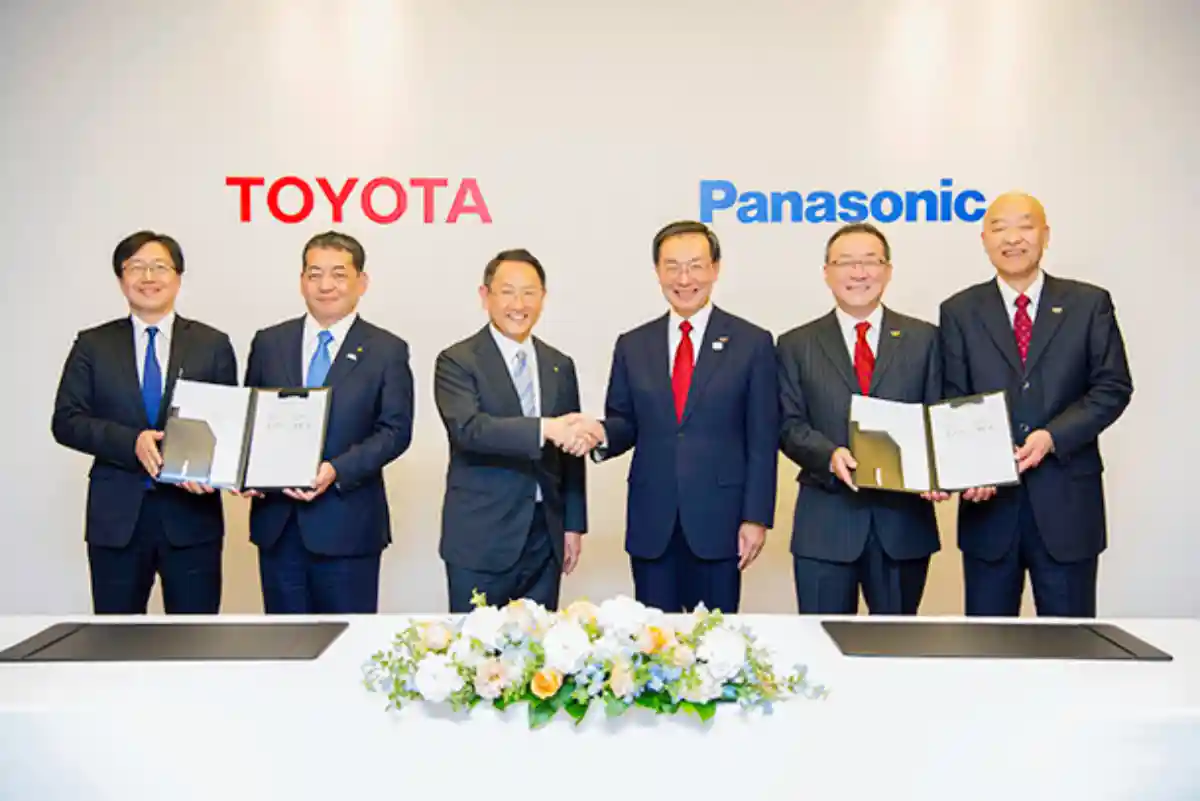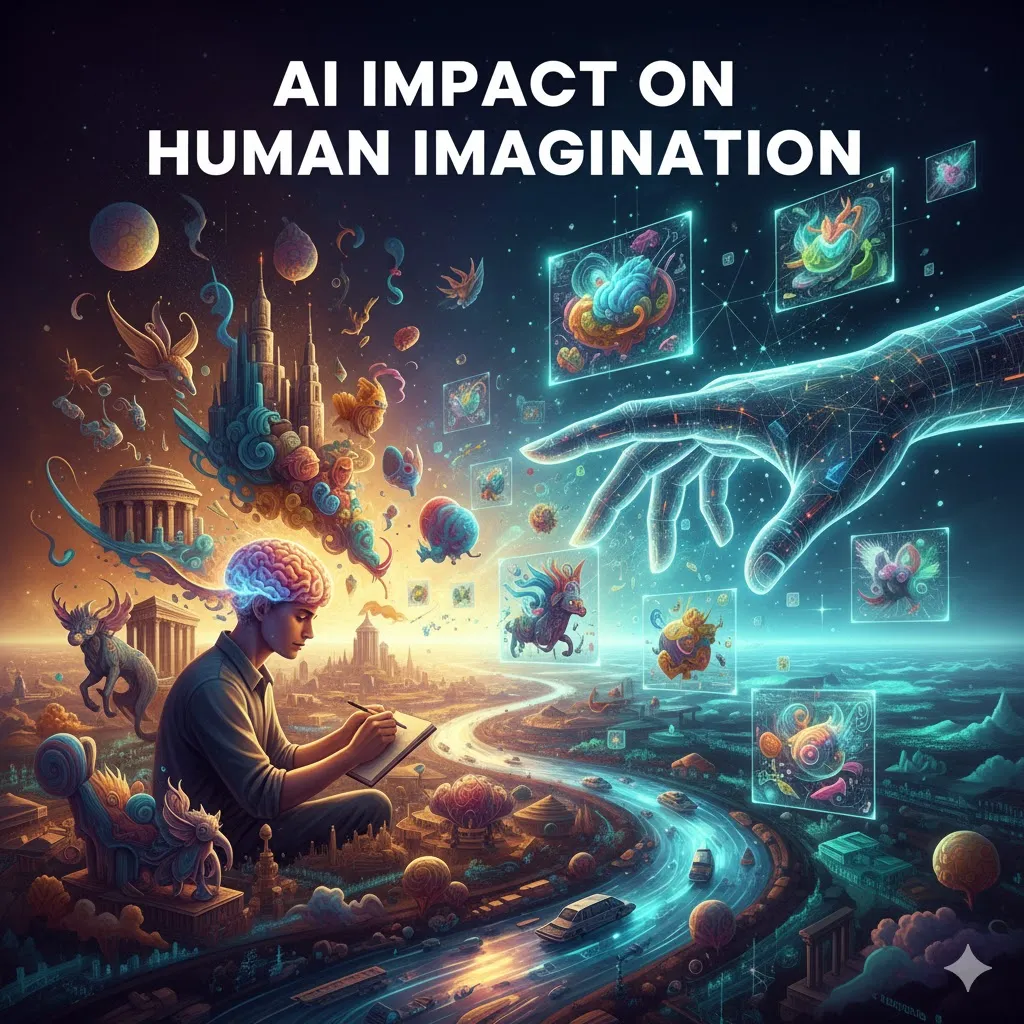Toyota and Panasonic collaborate in a ground-breaking partnership to completely transform the idea of Pioneer smart home. This collaboration is a strategic relationship between two titans of the industry with the aim of fusing home and automobile technology to produce a smooth and intelligent living environment.
Objectives of the Collaboration
1. Innovative Home Automation:
- The main goal is to create state-of-the-art home automation systems that work in unison with Toyota’s mobility offerings.
- Panasonic’s proficiency in pioneer smart home solutions will be utilized to establish a unified environment that enables residences to intelligently adapt to the requirements of their occupants.

2. Energy Efficiency:
- Creating energy-efficient solutions that complement Toyota’s commitment to sustainability is a major priority.
- The main focuses of the partnership will be energy storage technologies, smart energy management, and the integration of renewable energy sources.
3. Connectivity and Interoperability:
- One of the top priorities is making sure that Toyota cars and pioneer smart home link seamlessly.
- By establishing industry standards for interoperability, the partnership hopes to facilitate easy communication across different systems and devices within the smart home ecosystem.
4. Enhanced Living Experience:
- Toyota and Panasonic collaborates want to use cutting-edge technologies to improve living in general.
- This involves using artificial intelligence (AI) to provide predictive maintenance, tailored services, and surroundings that are adaptable to the tastes of each individual user.
Key Components of the Collaboration
1. Smart Home Infrastructure:
- Home automation knowledge from Panasonic will be essential to the planning and execution of smart home infrastructure.
- This covers climate control, intelligent lighting, security systems, and other components that help create a safe and connected home.
2. Energy Solutions:
The collaboration will focus on developing and integrating renewable energy solutions, such as solar panels and energy storage systems, to make homes more energy-efficient and sustainable.
3. Connected Vehicles:
- Thanks to Toyota’s automotive experience, cars that interface with pioneer smart home will be developed more easily.
- We’ll look into features like energy transfer from the car to the house, automated parking, and interaction with home security systems.
4. AI-driven Personalization:
- Smart homes will use artificial intelligence to provide customized experiences.
- A crucial component of this partnership will be the creation of adaptive surroundings that are aware of and react to the schedules, preferences, and habits of their users.
Benefits to Consumers
1. Seamless Integration:
Consumers can expect a seamless integration between their vehicles and homes, allowing for a more convenient and efficient lifestyle.
2. Energy Cost Savings:
By reducing energy use, energy-efficient solutions can be implemented, which will save homeowners money.
3. Personalized Experiences:
AI-driven customization will produce environments that adjust to each person’s tastes, increasing comfort and enjoyment in the house.
4. Sustainability:
The partnership’s emphasis on renewable energy sources and energy efficiency complements international efforts to promote sustainability and creates a more environmentally friendly future.
Challenges and Considerations
1. Standardization:
Setting industry standards for connectivity and interoperability is essential, but given the variety of smart home technologies and gadgets now on the market, this may be difficult.
2. Data Privacy Concerns:
Significant privacy concerns are raised by the gathering and use of personal data for AI-driven customization. Strong data security procedures must be given top priority by both businesses.
3. Market Acceptance:
The market’s acceptability and consumers’ willingness to adopt smart home technology more widely will determine the collaboration’s success.
4. Regulatory Compliance:
Ensuring the legality and ethicality of integrated solutions necessitates compliance with changing legislation in the domains of automotive and smart home technology.
Conclusion
Toyota and Panasonic collaborate is an innovative attempt to re imagine smart home technology. These leaders in the business want to improve people’s lives by creating a flawlessly connected environment that combines home and automobile technologies, with an emphasis on sustainability, personalization, and energy efficiency. As the project moves further, it has the potential to establish new benchmarks for pioneer smart home solutions and provide a model for integrating cutting-edge technologies in the home and automobile industries. If this partnership is successful, customers everywhere could live more sensibly, sustainably, and effectively.








